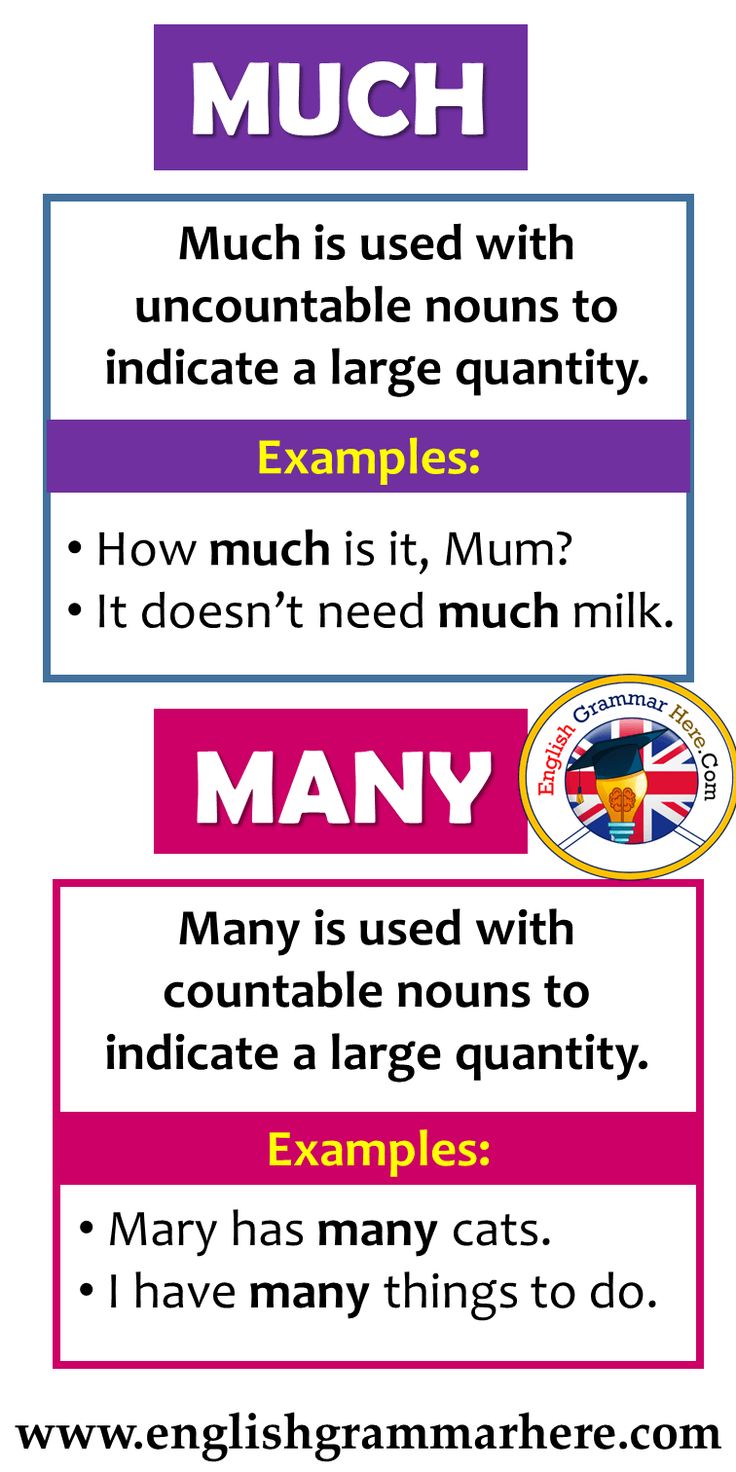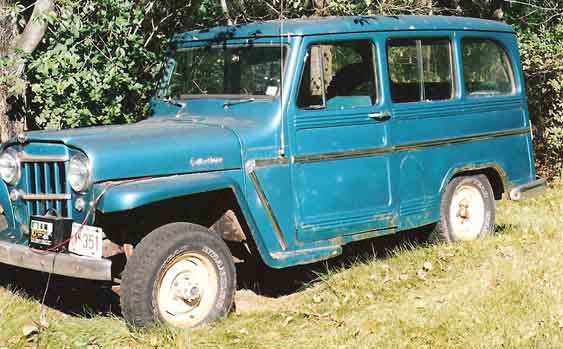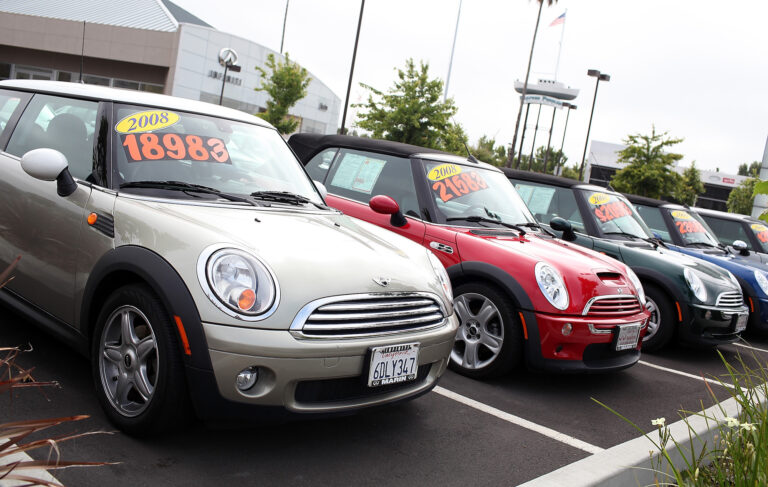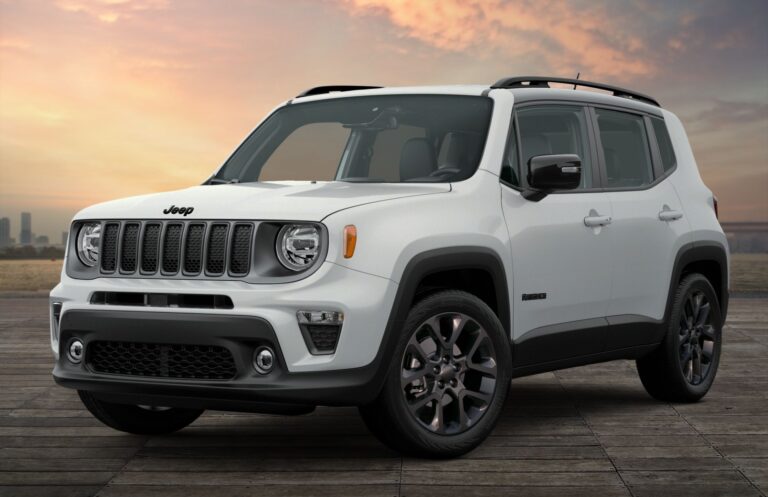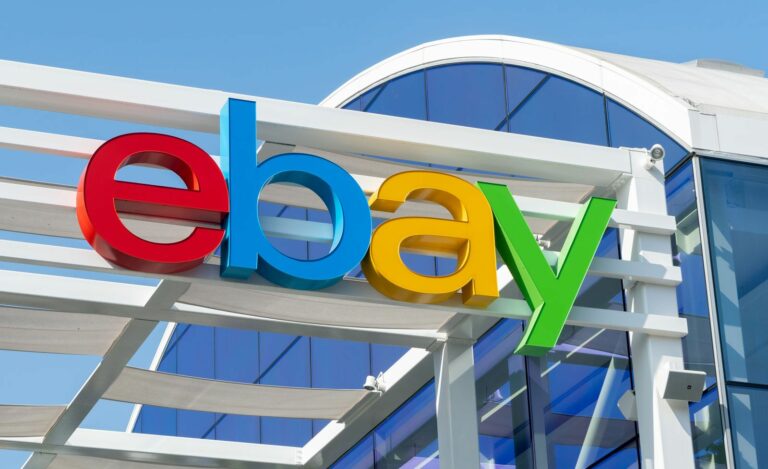How Much Does It Cost To Get A Jeep Wrangler Painted
How Much Does It Cost To Get A Jeep Wrangler Painted jeeps.truckstrend.com
The Jeep Wrangler is more than just a vehicle; it’s an icon of adventure, freedom, and rugged capability. Owners often develop a deep connection with their Wranglers, cherishing their unique aesthetic and off-road prowess. Over time, however, even the toughest paint jobs can succumb to the elements, trail scratches, or simply the desire for a fresh new look. Deciding to repaint your Jeep Wrangler is a significant investment, one that can dramatically refresh its appearance, protect its body from further wear, and even increase its resale value. But the question that immediately arises is: "How much does it cost to get a Jeep Wrangler painted?"
The answer, like the Wrangler itself, is multifaceted and varies widely depending on numerous factors. It’s not a simple flat fee, but rather a spectrum of costs influenced by the quality of materials, the complexity of the job, the condition of your Jeep, and the expertise of the professionals you choose. This comprehensive guide will delve into all the intricacies of Jeep Wrangler painting costs, helping you understand what goes into the price tag and how to make an informed decision.
How Much Does It Cost To Get A Jeep Wrangler Painted
Factors Influencing the Cost of Painting a Jeep Wrangler
Understanding the variables that dictate the final price is crucial. Here are the primary factors that will impact how much you pay:
1. Type of Paint Job and Quality of Materials
This is arguably the most significant cost driver.
- Basic/Economy Paint Job: Often uses a single-stage enamel or acrylic paint, with minimal prep work. It’s the cheapest option but offers less durability and a less refined finish.
- Standard/Mid-Range Paint Job: Typically involves a two-stage process (base coat + clear coat) using better quality urethane paints. More extensive prep work is included, offering better durability and gloss.
- Premium/Show-Quality/Custom Paint Job: Utilizes multi-stage paints (e.g., pearl, metallic, candy colors), specialized clear coats, and meticulous, labor-intensive prep work. This delivers the highest durability, deepest gloss, and flawless finish.
- Specialty Coatings: Products like Raptor Liner or other bed liner paints offer extreme durability and a textured, matte finish, popular for off-road Jeeps. The application process and material costs differ significantly from traditional automotive paint.

2. Condition of the Existing Paint and Body
The more damaged your Jeep’s current body and paint, the more labor and materials will be required for preparation.

- Rust Removal: A major cost escalator. Extensive rust requires cutting out and welding in new metal, which is time-consuming and expensive.
- Dents and Dings: Each dent needs to be pulled or filled, sanded smooth, and primed.
- Deep Scratches/Peeling Paint: Requires more aggressive sanding and filling to create a smooth surface for new paint adhesion.
- Existing Body Filler: Poorly applied or cracked body filler from previous repairs will need to be stripped and redone.

3. Color Change vs. Same Color
Repainting your Wrangler the same color is generally less expensive than changing its color.
- Same Color: The shop doesn’t need to paint the door jambs, under the hood, or inside the tailgate, as the original color will blend.
- Color Change: Requires painting all visible surfaces, including jambs, engine bay (if desired for a full, professional look), and interior panels, which significantly increases labor and material costs.
4. Shop Reputation and Location
- Dealership Body Shops: Often the most expensive due to overheads and OEM-certified processes, but typically offer high quality and warranty.
- Independent Body Shops: Costs vary widely based on reputation, experience, and specialization. High-end custom shops will charge more than a general repair shop.
- Geographic Location: Labor rates and material costs differ significantly between urban, suburban, and rural areas, and across different states.
5. Labor Costs
Labor is a huge component of the total cost. A professional paint job is 70-80% labor. This includes:
- Disassembly and Reassembly: Removing trim, lights, bumpers, mirrors, etc.
- Surface Preparation: Washing, degreasing, sanding, feather-edging, rust treatment, bodywork, masking.
- Priming and Sealing: Applying appropriate primers for adhesion and corrosion protection.
- Paint Application: Multiple coats of base color and clear coat.
- Curing and Detailing: Drying time, wet sanding (for premium jobs), buffing, polishing.
6. Additional Services
Sometimes, the cost goes up for extras:
- Wheel Painting: If you want your wheels to match or contrast.
- Hardtop/Fender Flares: Often painted separately or with a different finish (e.g., textured black).
- Undercoating/Rust Proofing: While not part of the paint job itself, often done concurrently.
Types of Paint Jobs and Their Associated Costs
Let’s break down the typical cost ranges for different levels of paint jobs for a Jeep Wrangler:
1. Economy/Basic Paint Job
- Description: This is the cheapest option, often using single-stage enamel or acrylic paint. Minimal surface preparation (light sanding, no dent repair) is included. It’s usually a quick job, often done by high-volume shops.
- Pros: Most affordable way to change a vehicle’s color or cover major blemishes.
- Cons: Poor durability, less glossy finish, prone to fading and chipping, doesn’t address underlying body issues.
- Estimated Cost: $800 – $2,000
2. Standard/Mid-Range Paint Job
- Description: A significant step up, involving a two-stage paint system (base coat for color, clear coat for gloss and protection) with better quality urethane paints. Includes more thorough surface preparation, minor dent repair, and rust treatment.
- Pros: Good balance of cost and quality, much better durability and gloss than basic, offers a noticeable improvement in appearance.
- Cons: May not perfectly hide all imperfections, not show-quality.
- Estimated Cost: $2,500 – $5,000
3. Premium/Show-Quality/Custom Paint Job
- Description: The highest level of quality, using top-tier multi-stage paints (e.g., pearl, metallic, candy, custom mixes) and multiple layers of high-solids clear coat. This involves extensive disassembly, meticulous surface preparation (stripping to bare metal if necessary), all dent and rust repair, and wet sanding/buffing for a mirror-like finish. Custom designs or multi-tone paint jobs fall into this category.
- Pros: Exceptional durability, deep gloss, flawless finish, completely transforms the vehicle’s appearance.
- Cons: Very expensive, time-consuming.
- Estimated Cost: $6,000 – $15,000+ (can go much higher for elaborate custom work)
4. Specialty Coatings (e.g., Raptor Liner, Bed Liner Paint)
- Description: These are durable, textured polyurethane coatings designed for extreme protection against scratches, rust, and UV damage. They are popular for off-road vehicles due to their rugged appearance and easy maintenance.
- Pros: Extremely durable, scratch-resistant, provides excellent rust protection, unique look, easy to clean.
- Cons: Limited color options (though custom tinting is possible), textured finish is not for everyone, can be difficult to remove if you want to go back to smooth paint.
- Estimated Cost: $2,000 – $5,000 (depending on coverage – exterior only vs. interior/underside)
The Painting Process: What You’re Paying For
A professional paint job involves a detailed sequence of steps, each contributing to the final cost:
- Inspection and Quote: The shop assesses the vehicle’s condition, discusses your desired outcome, and provides an estimate.
- Disassembly: Necessary components like trim, lights, bumpers, door handles, and mirrors are carefully removed to ensure full coverage and avoid overspray.
- Surface Preparation: This is the most critical and labor-intensive step. It includes:
- Washing & Degreasing: Removing all dirt, oil, and contaminants.
- Sanding: Removing old paint, rust, and imperfections. This can involve multiple grits of sandpaper.
- Bodywork: Repairing dents, dings, and rust spots using body filler and metalwork.
- Masking: Taping off windows, wheels, and any parts not being painted.
- Priming and Sealing: Applying several coats of primer to ensure proper adhesion of the new paint, provide a uniform surface, and offer corrosion protection.
- Paint Application: Multiple thin coats of base color are applied evenly.
- Clear Coat Application: For two-stage paint jobs, several layers of clear coat are applied over the base color, providing gloss, UV protection, and durability.
- Curing/Drying: The paint needs time to fully cure, often in a temperature-controlled spray booth.
- Reassembly & Detailing: All disassembled parts are reinstalled. For premium jobs, wet sanding and buffing may be performed to achieve a flawless, mirror-like finish. Finally, the vehicle is cleaned and detailed.
DIY vs. Professional Paint Job: A Cost-Benefit Analysis
DIY Paint Job
- Potential Savings: Significant material cost savings (paint, primer, sandpaper) and no labor costs.
- Required Skills & Equipment: Demands considerable skill, patience, and access to proper equipment (spray gun, air compressor, respirator, ventilation, dust-free environment).
- Quality Risks: Without professional equipment and experience, results can be poor (runs, orange peel, inconsistent finish, poor adhesion).
- Time Commitment: Extremely time-consuming, often taking weeks of weekends.
- Cost: $300 – $1,500 (materials only)
- Verdict: Only recommended for those with significant automotive painting experience, access to a proper workspace, and realistic expectations about the outcome.
Professional Paint Job
- Higher Cost: Yes, but you’re paying for expertise, specialized equipment, quality materials, and a warranty.
- Guaranteed Quality: A reputable shop will deliver a high-quality, durable, and aesthetically pleasing finish.
- Expertise: Professionals know how to properly prepare surfaces, apply paint evenly, and address any underlying body issues.
- Convenience: You drop off your Jeep and pick it up when it’s done.
- Warranty: Most reputable shops offer a warranty on their work.
- Verdict: For most Jeep owners seeking a lasting, high-quality finish, a professional paint job is the superior choice and a worthwhile investment.
Tips for Saving Money on a Jeep Wrangler Paint Job
While quality shouldn’t be completely compromised for cost, here are some ways to potentially save:
- Get Multiple Quotes: Always get at least 3-5 detailed quotes from different reputable shops.
- Choose a Simpler Color/Finish: Non-metallic, solid colors are generally less expensive than metallics, pearls, or custom mixes.
- Do Minor Prep Yourself (If Skilled): If you’re handy, you might remove trim pieces or lights yourself to reduce labor hours, but consult the shop first. Do not attempt sanding or bodywork unless you truly know what you’re doing, as poor prep will ruin the final finish.
- Stick to the Same Color: Avoid a full color change to save on painting door jambs and interior surfaces.
- Consider Partial Paint Jobs: If only certain panels are damaged, painting just those sections can be cheaper, but color matching can be a challenge.
- Look for Off-Peak Season Deals: Some shops might offer discounts during slower periods.
- Be Realistic About Imperfections: If you can live with minor imperfections, you might opt for a mid-range job instead of a premium one.
Important Considerations Before Painting
- Resale Value Impact: A quality paint job can significantly boost your Wrangler’s resale value. A poor one can dramatically decrease it.
- Choosing the Right Shop: Research thoroughly. Look for shops with excellent reviews, a strong portfolio of work, and clear communication. Ask for references and check their warranty policy.
- Warranty: Understand what your paint job warranty covers (e.g., peeling, fading, bubbling) and for how long.
- Time Commitment: A professional paint job can take anywhere from 1 to 3 weeks, or even longer for complex custom jobs.
- Legal Considerations: If you change your Jeep’s color, you may need to update your vehicle registration and insurance information.
Price Table: Estimated Costs for Jeep Wrangler Paint Jobs
| Type of Paint Job | Description | Estimated Cost Range | Durability Rating | Key Features |
|---|---|---|---|---|
| Economy/Basic | Single-stage enamel/acrylic paint, minimal prep (light scuff), quick turnaround. | $800 – $2,000 | 1/5 | Cheapest option, covers existing color, short lifespan. |
| Standard/Mid-Range | Two-stage (base + clear coat) urethane paint, moderate prep (sanding, minor ding/rust repair). | $2,500 – $5,000 | 3/5 | Good balance of cost & quality, improved gloss & durability, noticeable aesthetic improvement. |
| Premium/Show-Quality | Multi-stage paints, high-solids clear coat, extensive prep (disassembly, stripping, all bodywork), wet sand & buff. | $6,000 – $15,000+ | 5/5 | Flawless finish, deepest gloss, maximum durability, custom color options, show-quality results. |
| Specialty (e.g., Raptor Liner) | Textured polyurethane coating, extreme durability, excellent for off-road use, rust protection. | $2,000 – $5,000 | 5/5 | Highly durable, scratch-resistant, unique rugged look, easy maintenance, limited smooth finish. |
Note: These are estimated ranges and can fluctuate based on specific vehicle condition, shop rates, geographic location, and paint choices.
Frequently Asked Questions (FAQ)
Q1: How long does a professional paint job on a Jeep Wrangler last?
A1: A basic paint job might last 2-3 years. A standard job can last 5-7 years. A premium paint job, with proper care, can last 10-15 years or more. Specialty coatings like Raptor Liner are designed for extreme durability and can last the lifetime of the vehicle if maintained.
Q2: Does painting a Wrangler affect its resale value?
A2: Yes, significantly. A high-quality, professional paint job that restores or enhances the vehicle’s appearance can increase its resale value. A cheap, poorly executed paint job can drastically decrease it.
Q3: Can I just paint certain parts of my Wrangler (e.g., fenders, hardtop)?
A3: Absolutely. Many Wrangler owners choose to paint specific components like fender flares, hardtops, or even doors. This is a common way to customize or repair isolated damage and will be significantly cheaper than a full repaint. Color matching is key for partial jobs.
Q4: What’s the difference between single-stage and two-stage paint?
A4: Single-stage paint combines color and clear coat into one layer, offering a simpler, less durable finish. Two-stage paint involves applying a base coat (color) first, followed by a separate clear coat for gloss, protection, and durability. Two-stage is almost always preferred for modern automotive finishes.
Q5: How long does the painting process take?
A5: For a standard job, expect 1-2 weeks. For a premium or custom job, it could be 3-4 weeks or even longer, especially if extensive bodywork or custom curing times are required. Basic jobs might be quicker, around 3-5 days.
Q6: Is it worth painting an old Wrangler?
A6: It depends on the overall condition and your intentions. If the frame is solid, the engine runs well, and you plan to keep the Jeep for many more years, a new paint job can breathe new life into it and protect your investment. If the Jeep has significant mechanical issues or frame rust, the paint job might be an unnecessary expense.
Concluding Summary
Repainting your Jeep Wrangler is a fantastic way to revitalize its appearance, protect its body, and customize it to your liking. While the cost can range from a few hundred dollars for a DIY touch-up to well over $15,000 for a show-quality custom job, understanding the factors that influence these prices is paramount. The condition of your Jeep, the type of paint, the complexity of the job, and the expertise of the shop all play a significant role.
Ultimately, investing in a quality paint job for your Jeep Wrangler is an investment in its longevity and aesthetic appeal. By choosing the right type of paint, a reputable professional, and being aware of the process, you can ensure your beloved off-roader continues to turn heads and tackle trails for years to come. Don’t just settle for a cheap fix; consider the value of a durable, beautiful finish that truly reflects the spirit of your Jeep.

